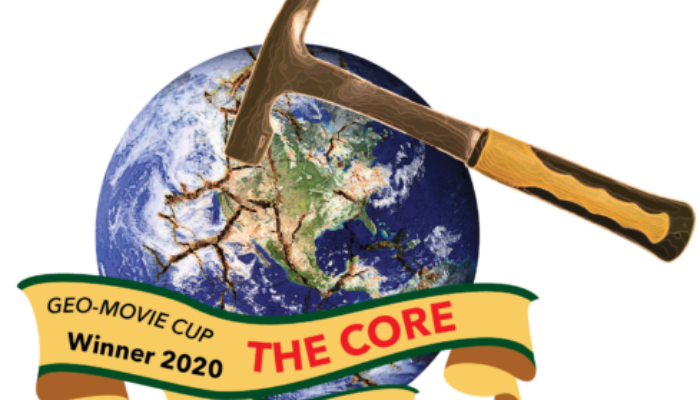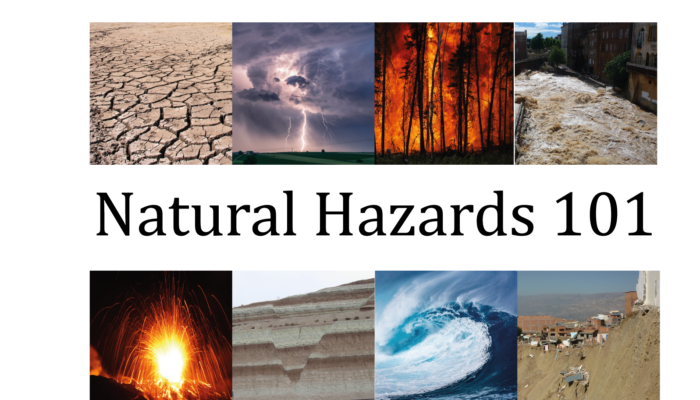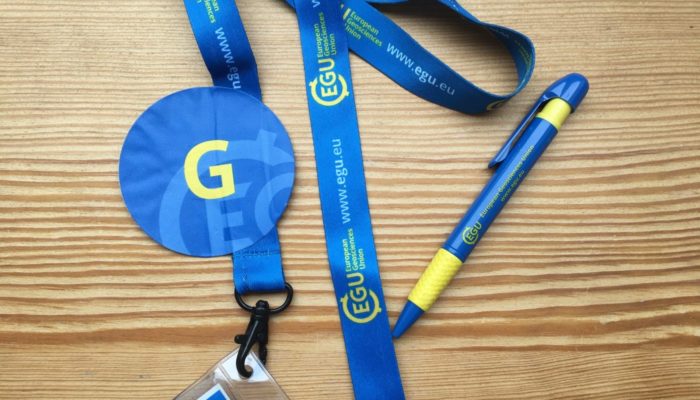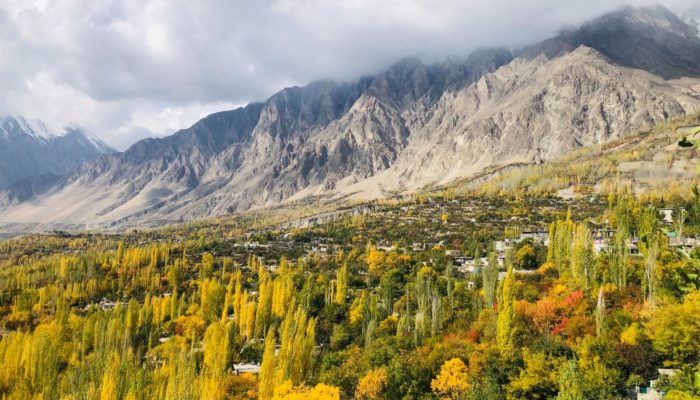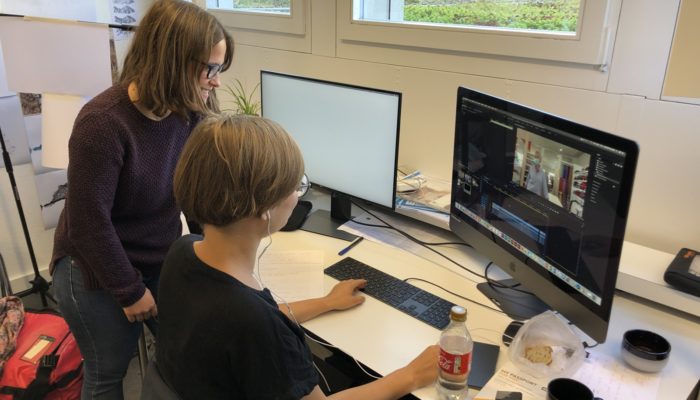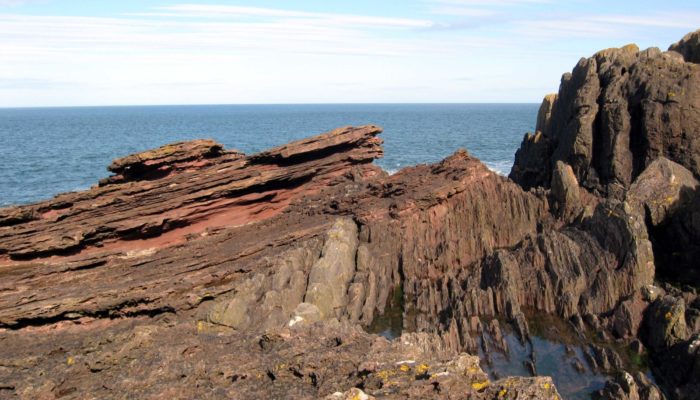Back in the day when my group organised the yearly retreat, we would also plan for a movie night. Usually, we would not get far because a heated discussion would break out about the quality of the movie: “…but this is a terrible movie!”, my colleagues would scream in agony and despair. In my opinion, that was exactly the point! The movies are so bad they passed the threshold of badness and e ...[Read More]
Natural Hazards
Natural Hazards 101: The disaster cycle
With the Natural Hazards 101 series, we meant to bring our readers closer to the terminology often used in the field of natural hazards, but that may not be so familiar. We started defining the very concept of hazard and natural hazard. We moved then to the concept of risk, which brought us to define exposure and vulnerability. In this episode, we will digest the disaster terminology provided by ...[Read More]
Geodesy
We need a new early career scientist representative!
The general assembly 2021 is approaching, Annette Eicker will take over as new division president, now we also need a new, fresh early career scientist (ECS) to take over the role of the ECS-representative. But what do you have to do as an ECS-representative? And where can you sign up? Early career scientists represent a significant share of the EGU general assembly attendees. It is therefore desi ...[Read More]
Seismology
Seismology Job Portal
On this page, we regularly update open positions in Seismology for early career scientists. Do you have a job on offer? Contact us at ecs-sm@egu.eu Please, note that other available research positions are displayed on the EGU Jobs Portal.
Cryospheric Sciences
The physical and social changes facing the mountainous populations of the Karakoram Range
As a child, Shakir remembers long extreme winters with heavy snowfall and dry blistering winds, where it was hard to play outside. He grew up in a village named Gulmit, located at an elevation of 2500 m, surrounded by the high snow caped mountains in the Karakoram Range in northern Pakistan. That was 30 years ago, when climate change was still not a cause of concern for the local people. Today, in ...[Read More]
Geodynamics
The Sassy Scientist – The Philosopher’s Stone
Hermione has finally completed her graduate studies, with some extra-curricular training that will remain unnamed here and with activities which some will not remember. Now the time has come to use that newly acquired title for good although demands, desires and duties meander through the realm of possibilities, leaving Hermione in a perpetual plight: What to do when obtaining a PhD in geodynamics ...[Read More]
Geodynamics
And the solution to your lock-down-related sadness is…
Cooking of course! Let me explain. This week, instead of doing his job, Antoine Rozel (senior researcher in ETH Zürich), shows that all your life problems will instantly disappear if you start cooking. Warning, this introductory paragraph is not going to cheer you up, skip it if you are already feeling blue unless you want to suffer a little more (that’s OK). Clearly the explosion of number ...[Read More]
Hydrological Sciences
Hybrid field courses – a teaching format beyond emergency solution?
Conducting field courses in times of a pandemic can be challenging. In our case, we had to cancel a planned field trip in economic geography that would have taken 19 students and two advisors to the Valle Maira in the Italian province of Cuneo in the Piemont. We had planned to spend 10 days in this region to develop ideas for sustainable development of peripheral mountain regions. Students would h ...[Read More]
Tectonics and Structural Geology
Features from the Field: Angular Unconformities
An angular unconformity is an erosional surface that truncates older, tilted sedimentary layers and that is overlain by younger layers, oriented parallel to the unconformity. The discovery and interpretation of angular unconformities, like the famous Hutton’s unconformity at Siccar Point, Scotland, marked a paradigm shift in the geological theories of the 18th century. At that time, the theo ...[Read More]
Seismology
Volcano-seismology in North Korea
For any field-based seismologist, there is nothing more satisfying than standing in a remote location, laptop in hand finalising the installation of a new broadband seismic station. In 2013 this feeling was amplified as we deployed the first, and still the only broadband seismic array in the Democratic People’s Republic of Korea (DPRK, the formal name for North Korea). That it took almost two year ...[Read More]

